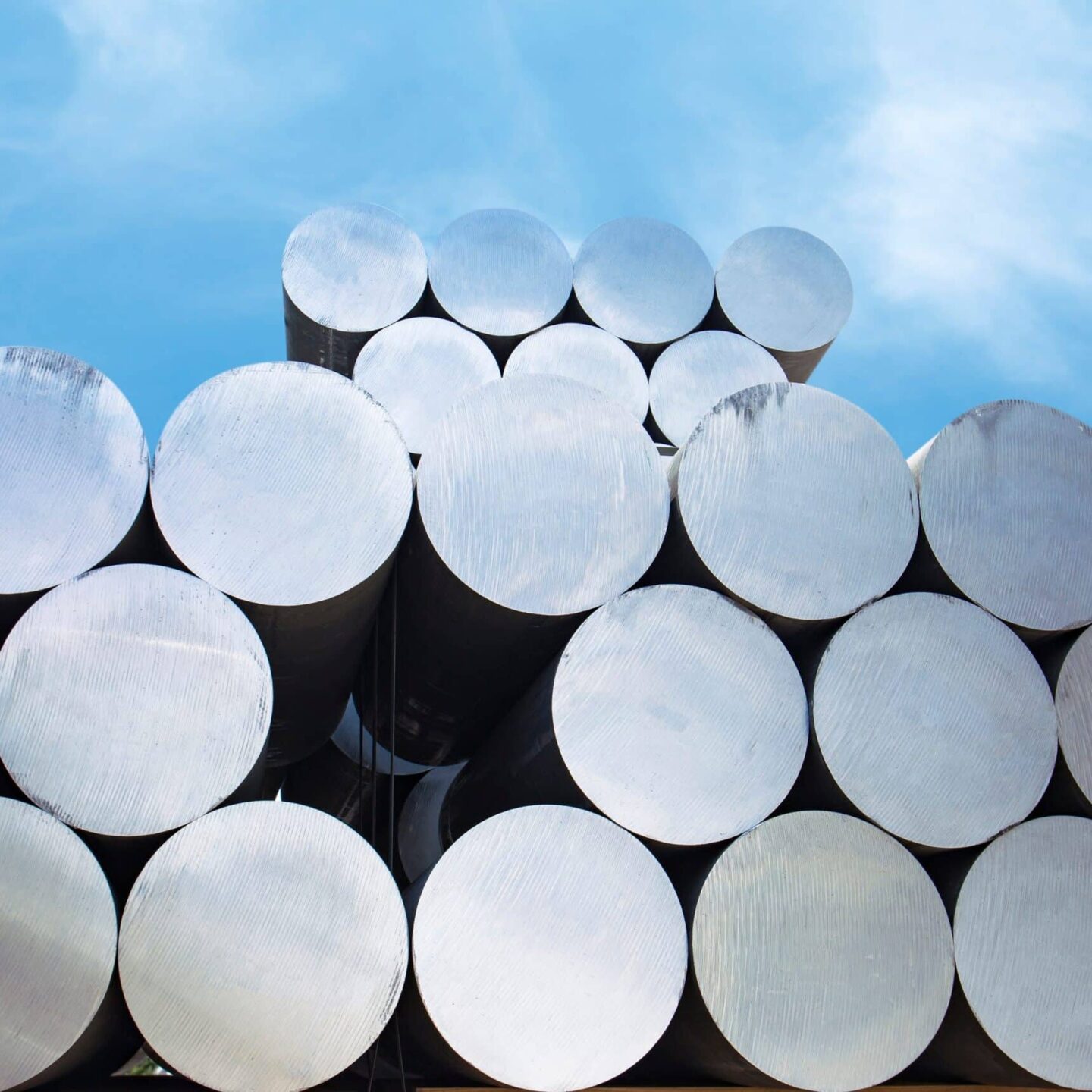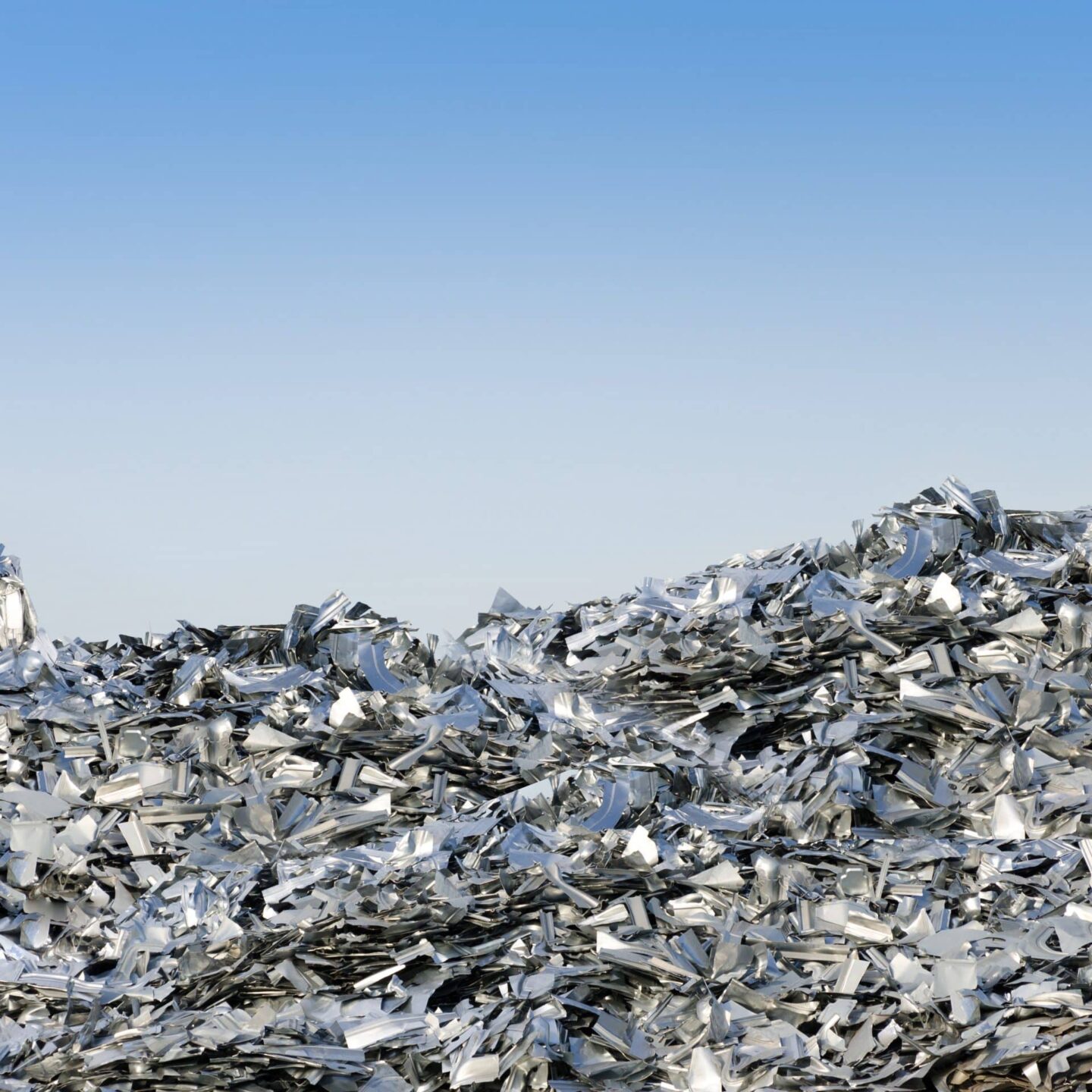Due to change of background data, as well as calculation methodology, the datasets for 2005-2018 are NOT COMPARABLE to the datasets for 2019-2021.
The International Aluminium Institute (IAI) has published four life cycle inventory (LCI) reports of the global primary aluminium industry for the reporting years 2005, 2010, 2015 and 2019.
The 2019 LCI is processed by Gabi-Software (v10, 2022). Additional updates compare to 2015 (used for 2015-2018 datasets) calculation include:
- Electricity transmission losses is added by utilising International Energy Agency (IEA) data
- Gabi model correction: 1) gross anode consumption replaces net anode consumption; 2) calcined petroleum coke replaces petroleum coke in anode production
- Low voltage PFC emissions is added by following the 2019 Refinement to the 2006 IPCC Guidelines for National Greenhouse Gas Inventories
The 2015 LCI report was used for the 2015 numbers and is using GaBi-Software (v8, 2018). Please note, that the dataset for alumina refining reflects a change in modelling assumptions for the process.
For 2005 and 2010, the direct and electricity-related indirect emissions of reporting production were calculated, using GHG Protocol tools. These two datasets are used as reference to calculate the global average carbon footprint of one tonne of cast primary aluminium.
For the years with no LCI publication, data from the previous LCI report is used, updated with annually collected energy data for smelting (intensity and source) and refining (intensity and source) as well as perfluorocarbon (PFC) emissions data. These three datasets collectively constitute over 80% of total global aluminium sector emissions.





